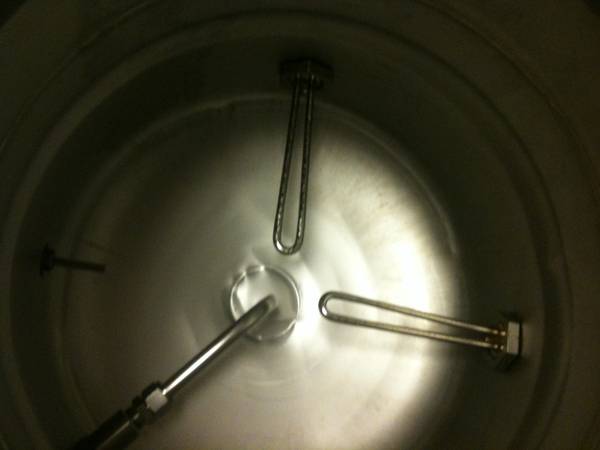Getting ready to pull the trigger for my electric build and was curious to where the probe placement should in a converted keg for HLT-MT-BK if I dont intend on using HERMS/RIMS? I cant seem to find a thread that has this type of scenario.
Pros' or Cons to the 4" or 6" probes?
Pros' or Cons to the 4" or 6" probes?






